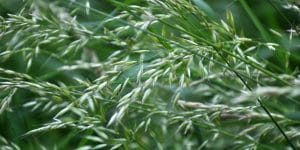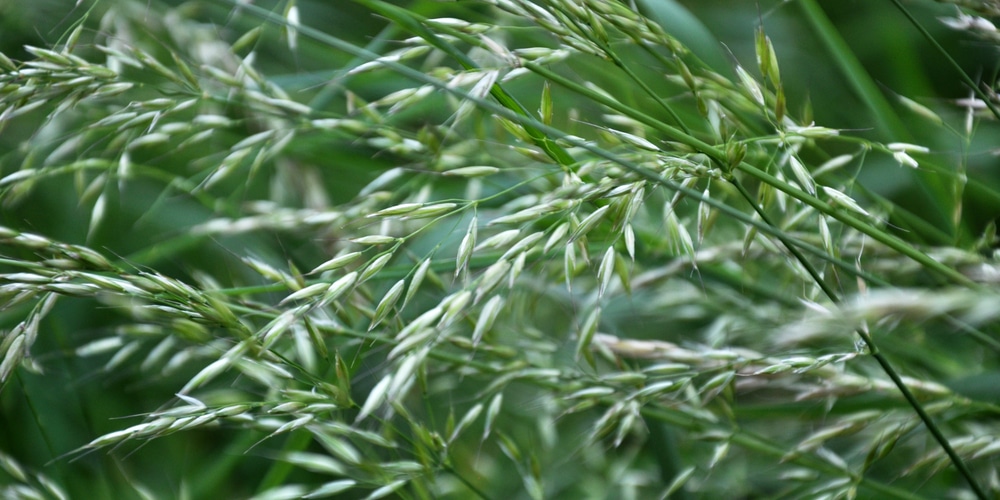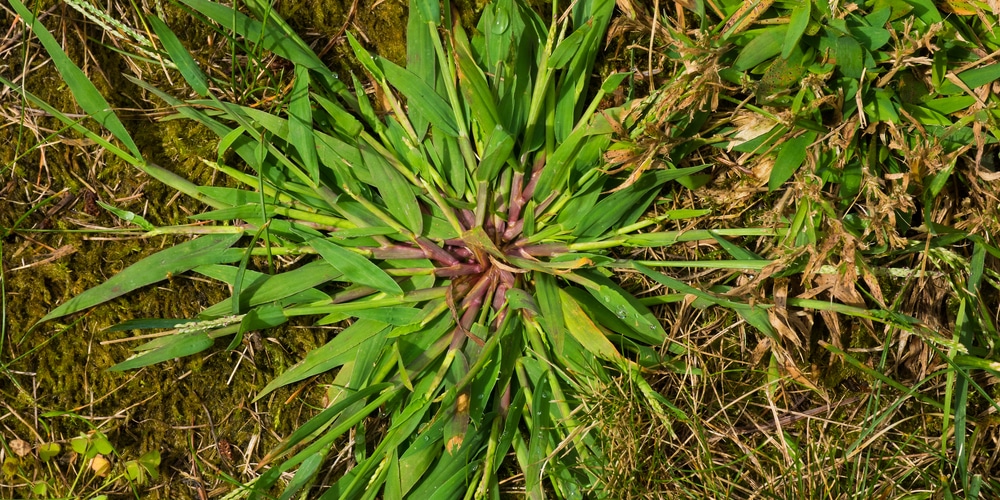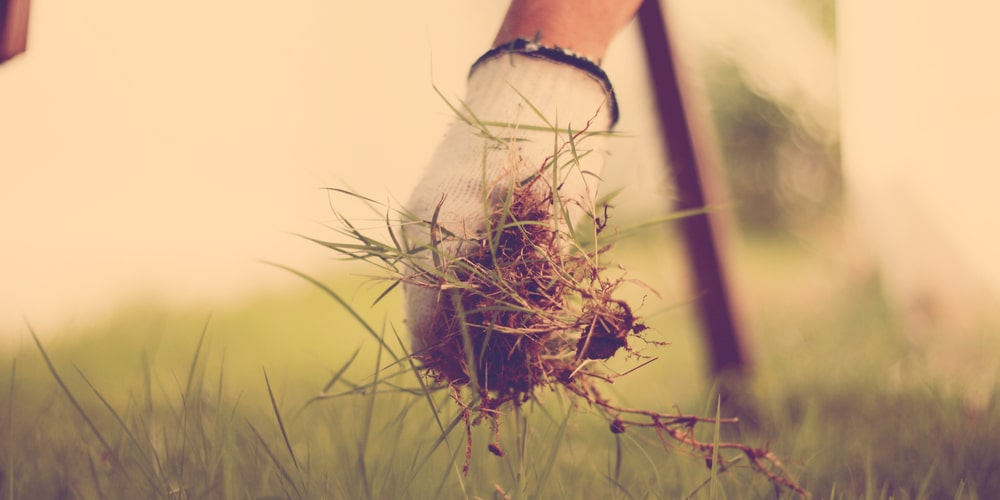If you’re a homeowner, you know that keeping your lawn nice and tidy can be a lot of work. There’s always something to mow, trim, or weed-eat. When it comes to weeds, two types tend to cause the most problems for homeowners: poa annua vs crabgrass.
These two weeds can be challenging to get rid of, and they can quickly take over your lawn if you’re not careful.
In this article, we will compare and contrast poa annua vs crabgrass so that you can better understand their differences. We’ll also discuss how to eliminate them and keep them from coming back!
What Is Poa Annua?
Poa annua is a grassy weed that commonly grows in cool, damp climates. It’s also known as annual bluegrass or simply “annual” grass.
This weed gets its name because it only lives for one growing season. Once winter arrives, the poa annua plant will die off, and new seeds will sprout in the spring.
Poa annua is a fairly low-growing weed, reaching heights of only about 12 inches. It has thin, blue-green leaves that are slightly serrated around the edges. The plant also produces small, white flowers that bloom in the springtime.
What Is Crabgrass?
Crabgrass is a type of annual grassy weed commonly found in lawns. It’s also known as “large crabgrass” or “hairy crabgrass.” This weed gets its name because its leaves are hairy and resemble the claws of a crab. Crabgrass can grow quite tall, reaching heights of up to 24 inches.
It has wide, flat leaves that are green in color. The plant also produces small, yellow flowers that bloom in the summertime.
How Are They Different?
Poa annua and crabgrass may look similar at first glance, but these two weeds have quite a few differences.
For starters, poa annua is a cool-season weed, while crabgrass is a warm-season weed. This means that poa annua will germinate and grow best in temperatures between 60 and 75 degrees Fahrenheit.
Crabgrass, on the other hand, thrives in temperatures that are between 80 and 95 degrees Fahrenheit.
Another difference between these two weeds is their preferred growing conditions. Poa annua prefers shady, damp areas, while crabgrass prefers sunny, dry areas.
This means that if you have a lot of trees in your yard, you’re more likely to see poa annua weeds popping up. But if your yard is mostly sunny, you’re more likely to see crabgrass.
The last significant difference between these two weeds is their appearance. Poa annua has thin, blue-green leaves, while crabgrass has wide, flat leaves.
Poa annua also produces small, white flowers, while crabgrass produces small, yellow flowers.
Similarities Between Poa Annua And Crabgrass
Despite their many differences, there are also a few similarities between poa annua and crabgrass.
For one, they are both annual weeds, meaning they only live for one growing season. They will die off in the winter, and new seeds will sprout in spring.
Another similarity is that they both reproduce by seed. This means that if you have just a few weeds in your yard, they can quickly become a big problem if you don’t deal with them immediately.
Finally, both of these weeds can be difficult to get rid of. They are both very resilient and will keep coming back unless you take measures to prevent them from doing so.
Are They Invasive?
Many types of grasses grow in various parts of the world. Some of these grasses are considered invasive, which crowd out native plants and disrupt ecosystems.
Two examples of invasive grasses are poa annua and crabgrass. Poa annua, also known as annual bluegrass, is a cool-season grass native to Europe and Asia. It has stemless leaves that range in color from blue-green to deep purple. Crabgrass is a warm-season grass native to Africa, Asia, and Europe. It has flat, tapered leaves that are green or yellow-green.
These grasses can spread rapidly, crowding out native plants and disrupting ecosystem function. In addition, both species are difficult to control once they become established. As a result, it is essential to be aware of the potential risks posed by these invasive grasses.
How Can You Get Rid of Them?
Now that you know a little bit more about poa annua and crabgrass, you may be wondering how to get rid of these pesky weeds.
The good news is that there are a few different ways to eliminate both of these weeds. The best method will depend on the type of grass you have, the climate you live in, and the severity of the infestation.
Some common methods for getting rid of poa annua and crabgrass include mowing, herbicides, and manual removal.
Mowing
Mowing your lawn regularly is one of the best ways to prevent poa annua and crabgrass from taking over. Mowing not only removes the weeds but also prevents them from going to seed and spreading.
Herbicides
Another option for getting rid of these weeds is to use herbicides. Herbicides are chemicals that kill plants. There are many different types of herbicides on the market, so choosing one specifically designed to kill poa annua or crabgrass is essential.
Manual Removal
If you have a small infestation of either weed, you may be able to remove them by hand. This can be a time-consuming process, but it’s often the best option for preventing the spread of these weeds.
Poa Annua vs Crabgrass: Final Thoughts
Poa annua and crabgrass are both common weeds in the United States. They can both be troublesome in lawns and gardens, but there are some key differences between them.
So, which weed is worse? It depends on your climate and your lawn. Poa annua may be more of a problem in cooler climates because it can survive the winter.
Crabgrass may be more of a problem in warmer climates because it can survive the summer. Ultimately, both weeds can be a nuisance, so it’s important to be vigilant in your lawn care and know-how to identify and control both.



